My First ADS-B Out Installation
By Patrick Gilligan, EAA Canadian Council Board Member
February 2020 - I have been following ADS-B since this acronym was invented. Furthermore, while at COPA, I was as vigilant as a hawk during each NavCanada industry consultation meeting. Each time I heard this acronym from those folks, I would ask, "Is NavCanada going to be implementing this in Canada?" Each time the response was, "No! COPA does not need to worry about this." Well, with time and NavCanada's new motto, "Best Equipped, Best Served," and the obvious ADS-B Aireon and big business, ADS-B will be implemented in Canada. But we still have the freedom to fly without ADS-B in most of Canada, so perhaps that was the message, "Not to worry!"
In 2009, I proactively purchased a new $3,000 transponder mode S that could connect to ADS-B extra equipment. But then the ADS-B Out regulations changed for the Americas, requiring double the output, and this new transponder was only compliant in Europe. Thank you, regulators, avionics manufacturers, and suppliers. They were aware of these changes but needed to dump these 125-watt transponders, and now the new standards are 250 watts for America.
I was concerned about antenna diversity for Aireon satellite based in Canada, and the avionics manufacturer assured me that the signal from the output antenna under small aircraft spills over and is captured by Aireon ADS-B satellites. Perhaps! Now another concern, will the data up-linked by today's avionics manufacturer be compliant with Aireon/NavCanada? What other surprises are lurking? By the way, the Canadian ADS-B cannot and will not provide weather because of the 1090 bandwidth.
Caveat emptor, buyer beware: ADS-B has two frequencies, the UAT 978 used only in the USA and the 1090 good for the Americas; read the fine print and do not trust all the marketing and advertising hype. The price they advertise, especially if it is very low, always has strings attached, costing you more.
Since 2009's disappointment, I decided to wait until Canada requires ADS-B Out to equip.
I volunteered a year ago to help a small company in promoting a nice little aircraft, and later I agreed to demonstrate this new aircraft throughout Canada for 23 months. Last fall I was asked to fly this aircraft, the Borey Amphibious Flying Boat, to the SUN 'n FUN Aerospace Expo in Florida.
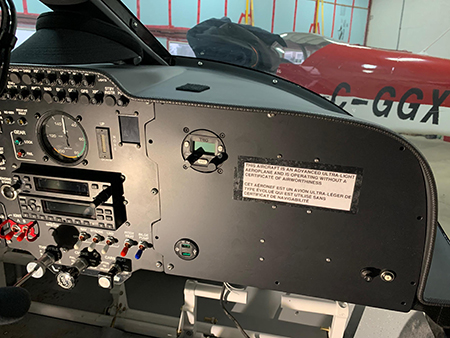
Borey new ADS-B instrument panel.
I mentioned the ADS-B requirement for the U.S., especially around Florida, and the company agreed to purchase an ADS-B. I suggested one manufacturer that has a complete ADS-B bundle for amateur-built at a relatively affordable price. Keep in mind this does not include the ADS-B In device.
This bundle has three components: the 1090 mode S transponder, the GPS data receiver, and the external WASS GPS antenna.
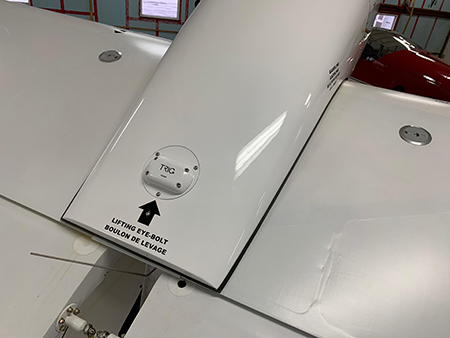
WASS GPS antenna.
The instructions are sparse but sufficient, and installation is relatively easy for amateur builders. A wiring harness needs to be manufactured and requires meticulous attention to the details, but it's doable. The programming of the transponder requires a lot of reading, and lastly the famous transponder altimeter correlation is required.
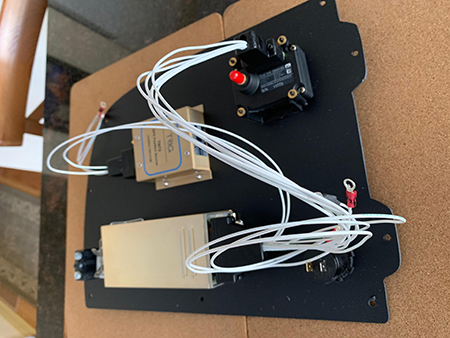
ADS-B amateur-built harness.
Everything is installed and now I need to validate my work. It should be easy. The transponder only requires a flight to a controlled airport and if it is not functioning, you will be advised.
Great, but now is the ADS-B Out in compliance for my flight to the U.S.?
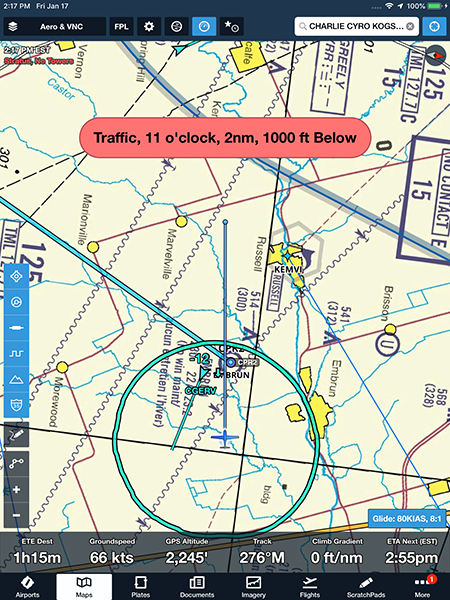
The results of ADS-B In on ForeFlight/Stratus.
There are two ways to check the compliance of your ADS-B. First the Stratus 2S connected to ForeFlight will analyse your ADS-B installation and provide a bunch of criteria, with green meaning accepted or red meaning fail. See the photos of this ForeFlight ADS-B analysis tool. In the photo you will notice "NIC the 6 in Red." That is because my ADS-B was not picking up the U.S. ADS-B towers in flight.
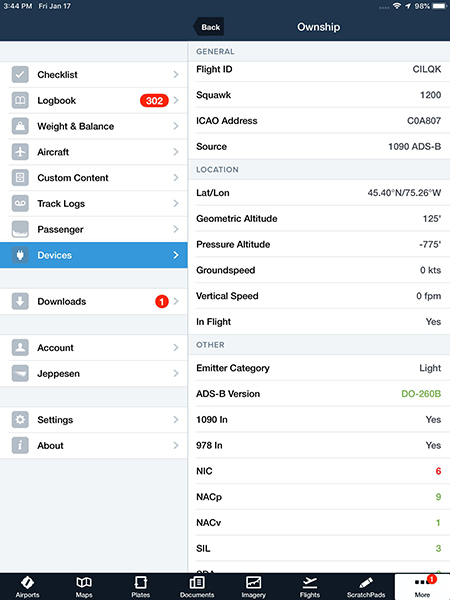
Foreflight/Stratus analysis tool.
Second is to fly your aircraft along the U.S. border for a while at different altitudes with your transponder/ADS-B on; it could be VFR code 1200. Then when you return home, submit an FAA ADS-B report request; it's online and free. I received my results within 10 minutes. It's hard to understand this report, but the only thing you should look for is if items are highlighted in red, meaning a failure.
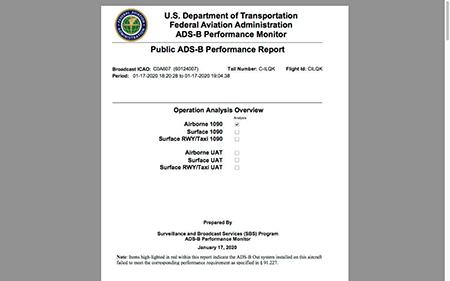
FAA ADS-B in-flight analysis report.
Big smile! No red highlights and no failures.
To understand your FAA ADS-B report, read this short guide.
